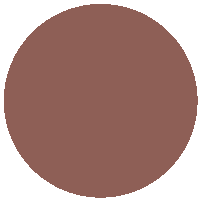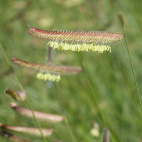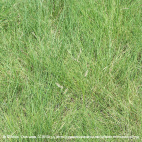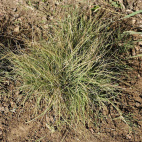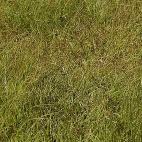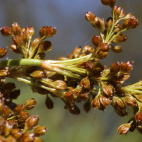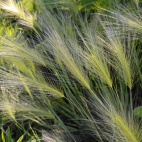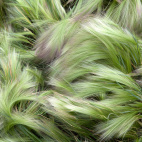Color
USDA Zone
Region
Type
Duration
Season
Germination
Soil
Sunlight
Height
Narrow Your Search
Color
USDA Zone
Region
Type
Duration
Season
Germination
Soil
Sunlight
Height
US Native Grass Seeds
The species on this page are not all technically classified as grasses, but the average gardener would probably call them "grass". Here you will find a variety of seeds of native grasses, sedges, reeds, and rushes. You might not think of grass as being as beautiful as flowers, but some of these wild grasses really are beautiful in their own way. Many of the native prairie grasses turn color in autumn, and the rusty bronze color of the stems adds a real fall aura to the planting. Winter birds benefit from the wild grass seeds, and small animals use the thick undergrowth for cover. The biomass of the grass is also the primary source for fuel when a prairie planting undergoes a planned burn.
-
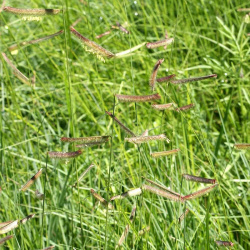 On Sale!
Blue Grama Seeds
Bouteloua gracilis
Quick View
x
On Sale!
Blue Grama Seeds
Bouteloua gracilis
Quick View
xBlue Grama Seeds
Starting at $3.48 USD -
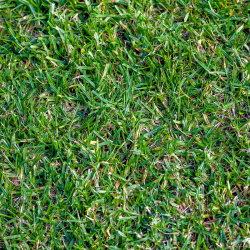 Buffalo Grass Seeds
Buchloe dactyloides
Quick View
x
Buffalo Grass Seeds
Buchloe dactyloides
Quick View
xBuffalo Grass Seeds
Starting at $3.48 USD -
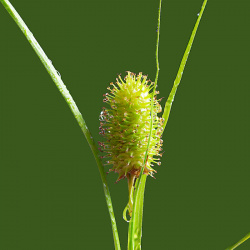 Common Cattail Sedge Seeds
Carex typhina
Quick View
x
Common Cattail Sedge Seeds
Carex typhina
Quick View
xCommon Cattail Sedge Seeds
Starting at $3.75 USD -
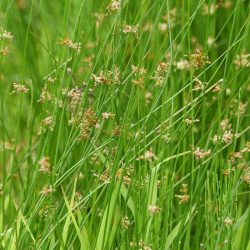 Common Rush Seeds
Juncus effusus
Quick View
x
Common Rush Seeds
Juncus effusus
Quick View
xCommon Rush Seeds
Starting at $3.25 USD -
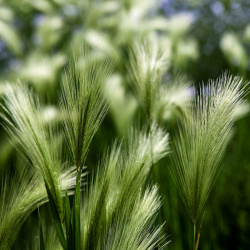 Squirrel Tail Grass Seeds
Hordeum jubatum
Quick View
x
Squirrel Tail Grass Seeds
Hordeum jubatum
Quick View
xSquirrel Tail Grass Seeds
Starting at $3.48 USD -
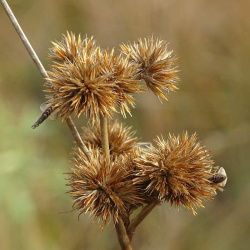 Torrey's Rush Seeds
Juncus torreyi
Quick View
x
Torrey's Rush Seeds
Juncus torreyi
Quick View
xTorrey's Rush Seeds
Juncus torreyi
Because of its striking seed heads that look like pom poms, this native rush has become a popular addition to wetlands and stream banks. It is a cool-season rush, so it is actively growing in the springtime and sheds its seeds in the summer.
Starting at $3.75 USD
The species on this page are not all technically classified as grasses, but the average gardener would probably call them "grass". Here you will find a variety of seeds of native grasses, sedges, reeds, and rushes. You might not think of grass as being as beautiful as flowers, but some of these wild grasses really are beautiful in their own way. Many of the native prairie grasses turn color in autumn, and the rusty bronze color of the stems adds a real fall aura to the planting. Winter birds benefit from the wild grass seeds, and small animals use the thick undergrowth for cover. The biomass of the grass is also the primary source for fuel when a prairie planting undergoes a planned burn.
